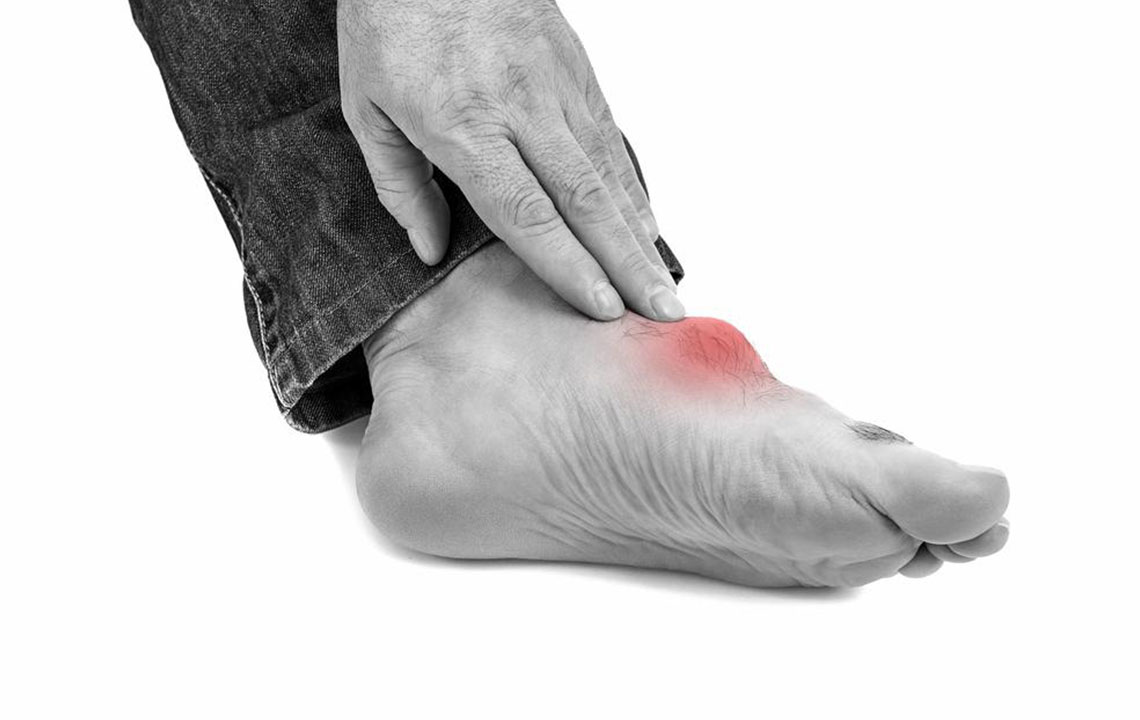What You Need to Know about Gout

Gout is a form of arthritis that causes sudden and severe pain often in the joint at the base of the big toe. Men are more likely to get gout than women who become susceptible after their menopause. It is a common prevailing condition in the UK, and one can’t escape gout without easy gout treatments. Here are certain symptoms of gout which you can check for in case of doubt:
Joint Pain
Sudden pain and swelling usually affecting the joint of your big toe is one basic symptom of gout. The whole area becomes red, and there is an unbearable pain for the first 4-12 hours after it begins.
Inflammation
The skin around the joint swells and the color changes to red or purple. You will find that the area will be warm compared to the rest of your body.
Limited Mobility
Gout leads to severe pain in the affected joint area, causing discomfort and limited mobility, and lasts for more than a week or so depending on the severity of the swelling.
Below are other causes of gout.
Uric Acid
The body produces uric acid when it breaks down purines, a substance found naturally in the body as well as in certain foods. The acid dissolved in blood passes through the kidneys to leave the body as urine. When the body produces too much or the kidneys excrete too little acid, it turns into small crystals that settle in the joint. These crystals cause major swelling in the big toe.
High Blood Pressure
If the blood pressure is too high, it causes strain on your body and kidneys. This results in lack of flow of blood to your joints that may cause severe swelling, and thus gout.
Family History
Research shows that if one or two members of the family suffer from gout, there are higher chances of you getting it.
However, gout is not a severe issue but can become one if left untreated. Here are some easy gout treatments that can be done at home.
Easy Home-based Gout Treatments
Rest
Taking enough rest is a comfortably easy gout treatment. This reduces the strain on your joint and helps relieve the pain. While resting, you will be recommended to keep your leg straight up and high for the accurate flow of blood in the toe area. This will curb the swelling and intense pain.
Ice Pack
An ice pack is an instant pain reliever, and it reduces swelling, proving to be be an easy and effective gout treatment. This is because ice has soothing properties and when applied 2-3 times a day, it is quite effective. The effect depends on the severity of the pain and swelling.
Hydrate
It is important for you to be hydrated at all times. Because the more you urinate, the more uric acid will be flushed out. It is important for the uric acid to be flushed out of your system before it converts into small stones affecting the joints.
Baking Soda
Baking soda has properties that reduce uric acid from your body. Thus, mixing baking soda in water and drinking it 3-4 times a day will reduce uric acid which is the main cause of gout.
Exercise
Exercise will keep you active and help keep the insulin under control. It will reduce sudden pains as it normalizes the blood flow in the body by keeping you fit. Also, regular exercise will keep the joint muscles healthy, preventing the condition of gout.
Apple
Malic acid is present in apples that control the level of uric acid in your body. Not only that, apple helps control the pain and swelling in the joint, thereby preventing the condition of gout.
Reduction in Sugar and Alcohol
Sugar worsens gout by increasing uric acid, and therefore, the swelling. Alcohol increases the sugar levels in your body. So the reduction in sugar and alcohol is one of the easy gout treatments.
Easy gout treatments also include certain medications and drugs that are helpful in acute attacks. NSAIDs are one of the over-the-counter drugs that can be taken during severe pain but have side-effects like stomach pain if taken more than once a day. Colchicine is another drug that is taken. But a higher dosage of NSAIDs can cause nausea and vomiting. It is not recommended unless prescribed by a physician.
Corticosteroid comes in pills and injection form, and it is taken in cases of gout that does not respond to NSAIDs or colchicines. These medications usually block or prevent the uric acid in your body, thereby reducing pain and swelling.
Some people suffer from continuing problems because they don’t take the medicines and deny themselves of easy gout treatment. It leads to more severe and often attacks. If the doctor prescribes medicines to lower uric acid levels, be sure to take them.


